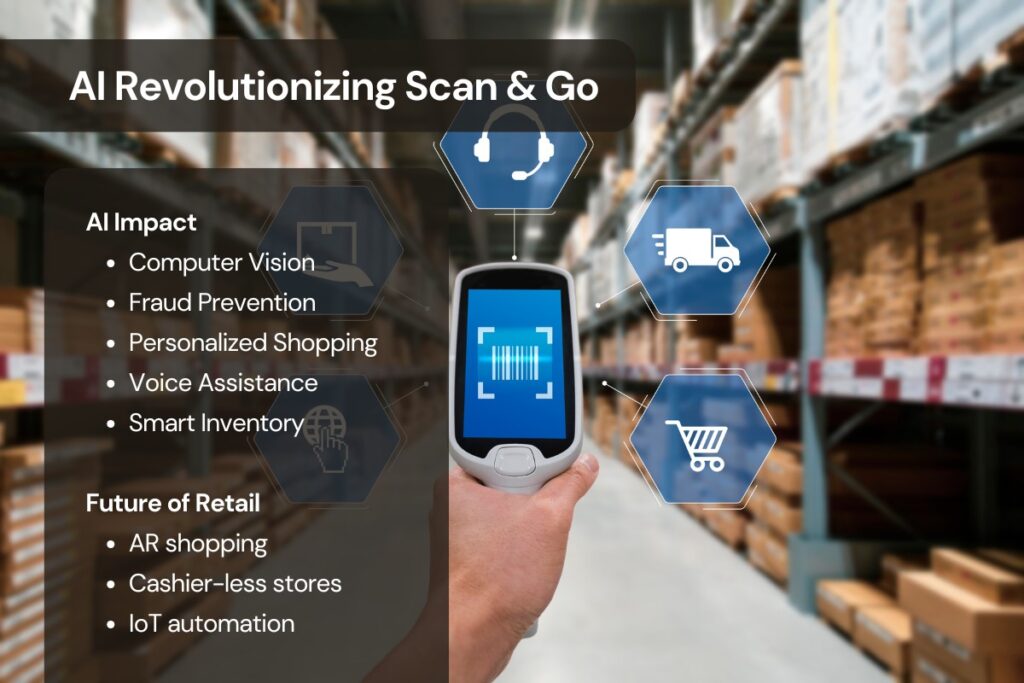Brief Pointers:
- From diagnostics to patient involvement, artificial intelligence is changing the whole care process in healthcare.
- Using AI, healthcare professionals are customizing treatment and improving decision-making.
- Early disease detection made possible by predictive diagnostics is improving outcomes and lowering costs.
- Real-time insights made possible by artificial intelligence across patient paths propel operational and clinical excellence.
- Companies that are leading the way in healthcare innovation are those that have integrated artificial intelligence into the foundation of their care models.
Why Is Healthcare Prioritizing Strategic Imperative AI?
AI in healthcare has evolved from a futuristic concept into a powerful force that is actively shaping patient outcomes, driving operational efficiency, and strengthening the resilience of entire healthcare systems. Rising patient expectations, physician exhaustion, and financial challenges have ai in healthcare organizations looking to artificial intelligence to drive smarter decisions, simplify treatment, and customize health services.
Proactive businesses, ranging from hospitals to health tech startups, are now integrating AI into clinical procedures, patient involvement plans, and diagnoses. Therefore, quicker, more accurate treatments as well as a fundamental reassessment of the way care is provided.
How is AI Redefining the Patient Journey?
For a long time, the patient journey has been perceived as chaotic, reactive, and occasionally unsuccessful. However, the integration of AI is rapidly altering this setting:
- Pre-visit AI support: AI-powered systems such as chatbots can analyze symptoms, help with diagnosis, schedule visits, and manage follow-ups, so generating seamless experiences across digital and in-person channels even before a patient enters a clinic.
- Personalized care pathways: Artificial intelligence (AI) enables highly customized treatment plans, medication reminders, and lifestyle guidance based on patient history, behaviors, and even genetic information. This level of personalization boosts engagement, builds confidence, and produces long-term health outcomes.
- Operational efficiency for providers: On the clinical side, ai in healthcare systems automate time-consuming tasks like documentation, billing code generation, and appointment logistics. This streamlining frees up valuable time for healthcare professionals to focus on delivering high-quality, personalized care.
From Diagnosis to Prediction: The Part AI Plays in Clinical Excellence
One of the most important advances in AI in healthcare comes from the change from reactive treatment to predictive diagnoses.
- Early pattern recognition: Machine learning models educated on large-scale data like imaging scans, pathology slides, genetic sequences, and electronic health records can identify illness patterns far sooner than conventional diagnostic approaches.
- Diagnostic precision: In fields like cardiology, radiology, and cancer, artificial intelligence systems are currently equal to or above expert-level diagnostic accuracy, hence enhancing speed and dependability.
- Proactive intervention: AI can identify early signs of diseases such as tumors in the lungs, diabetic retinopathy, and cardiac abnormalities before symptoms even start, therefore facilitating early intervention and lowering long-term consequences and treatment costs.
- Predictive insights beyond diagnosis: Artificial intelligence is being utilized to forecast ICU admissions, patient deterioration, and hospitalization risk, therefore enabling hospitals to strategically manage resources and improve patient safety in real time.
How Does AI Strengthen Healthcare System Efficiency?
Clinical tasks are not the only uses of AI in healthcare; it is also vital for supporting core functions. For example, hospitals use AI to predict equipment failures, plan bed capacity, and streamline the supply chain.
The need for consistent, real-time data is no more optional as companies speed up digital transformation; it is basic. Clean, well-managed data ensures traceable ai in healthcare decisions, supports flawless automation, and produces measurable outcomes driving operational excellence. These efficiencies, which are important components of high-performance care delivery models, result in reduced waste, lower operating costs, and better readiness.
Everything from staff scheduling to medication administration can become smarter and more responsive when artificial intelligence interacts with business processes.
Natural language processing (NLP) is also turning unorganized medical records into ordered, useful insights that allow real-time dashboards for care teams and management.
Facing the Challenges: Trust, Ethics, and Bias in AI
AI in healthcare holds massive potential—but it also comes with real challenges
- Bias is a big concern. If not properly managed, AI can unintentionally reinforce existing health inequalities by learning from biased data.
- Privacy matters more than ever. Healthcare deals with extremely sensitive information, so protecting patient data is non-negotiable.
- Trust is essential. No matter how smart an AI system is, doctors and patients need to feel confident in its recommendations.
That’s why building ethical, transparent, and well-regulated AI is so important. The organizations that focus on responsible AI practices aren’t just playing it safe—they’re building trust, standing out, and creating real impact in the healthcare space.
Is Your Healthcare System AI Ready?
Success with artificial intelligence-driven healthcare is about strategic fit and execution rather than following the newest trends. This includes figuring out how ai in healthcare solves practical problems, ensures reliable and accessible data, and creates an environment that is beneficial to the adoption of intelligent systems.
Those healthcare professionals most benefiting from artificial intelligence are those who:
- Include artificial intelligence in backend systems as well as patient-facing ones.
- Support clinical knowledge with artificial intelligence; never replace it.
- Create auditable, ethical, and bias-aware artificial intelligence systems.
Real-World Examples
By including artificial intelligence in its radiology division, Mayo Clinic can interpret images faster and more precisely. This not only enhances patient outcomes but also lessens radiologist burden, therefore enabling them to concentrate on difficult situations.
Digital-first healthcare company Babylon ai in healthcare uses artificial intelligence to assess symptoms and offer early-stage consultations Their artificial intelligence chatbot guarantees faster access to suitable treatment levels and greatly lowers wait times.
On the other hand, early challenges of IBM Watson Health highlight the dangers of overpromising artificial intelligence capabilities without closely matching them with clinical processes. It emphasizes the need to involve doctors and verify artificial intelligence systems in actual surroundings.
Final Notes
AI in healthcare marks a fundamental change in how care is seen, delivered, and experienced—not only a technological advance. From changing patient paths to ai in healthcare supporting predictive diagnostics, artificial intelligence helps healthcare systems to be more exact, effective, and patient-centric.
Companies that approach artificial intelligence with a methodical approach, solid databases, ethical standards, and well-organized strategies are not only adjusting; they are also determining the direction of healthcare going forward.
ProcesIQ shares this vision: combining analytics, artificial intelligence, and automation to reinvent what’s possible in healthcare delivery and therefore empower intelligent transformation.




